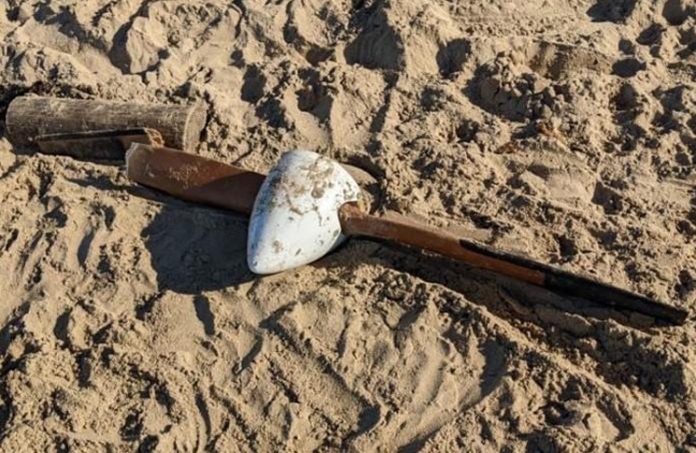A suspected bird strike turned out to be something more worrying for aircraft operators.
A Jabiru aircraft’s wooden propeller separated in flight due to extensive fatigue cracking, resulting in the fracture of the propeller bolts, an Australian Transport Safety Bureau (ATSB) investigation found.
An instructor and student pilot were circuit training in a Recreational Aviation Australia (RAAus) registered Jabiru J120-C aircraft at Devonport Airport, Tasmania on 16 January 2022.
On the downwind leg, the student pilot saw a white flash and called ‘seagull’. At the same time, the instructor felt a jarring and saw the propeller had separated from the aircraft.
Engine RPM immediately increased as the engine was unloaded, but there were no other unusual noises or vibrations.
The instructor took control, closed the throttle and made an unpowered landing on the runway. The propeller and a separated blade tip were found on the beach next to the airport.
There was no evidence of a defect at the fractured propeller tip, and no sign of organic matter or smearing to indicate a bird strike.
ATSB Director Transport Safety Stuart Godley said fracture of the propeller bolts had led to the propeller separation.
‘The propeller bolts showed extensive fatigue crack propagation,’ Godley said. ‘Regardless of whether or not the propeller struck a bird, the extent of cracking was such that the propeller could have separated without an external influence or would have separated with continued operation.’
The investigation found propeller washers had not been installed in accordance with the maintenance manual, and this may have contributed to accelerated wear and subsequent cracking of the bolts. The propeller was an original fitment and had the 1,100 hours same time in service as the aircraft. Its inspection interval was every 100 hours.
The ATSB does not typically investigate accidents and incidents involving RAAus-registered aircraft. But as Australia is the state of design and manufacture for Jabiru aircraft, the ATSB investigated this incident to determine if there were implications of the international Jabiru aircraft fleet.





